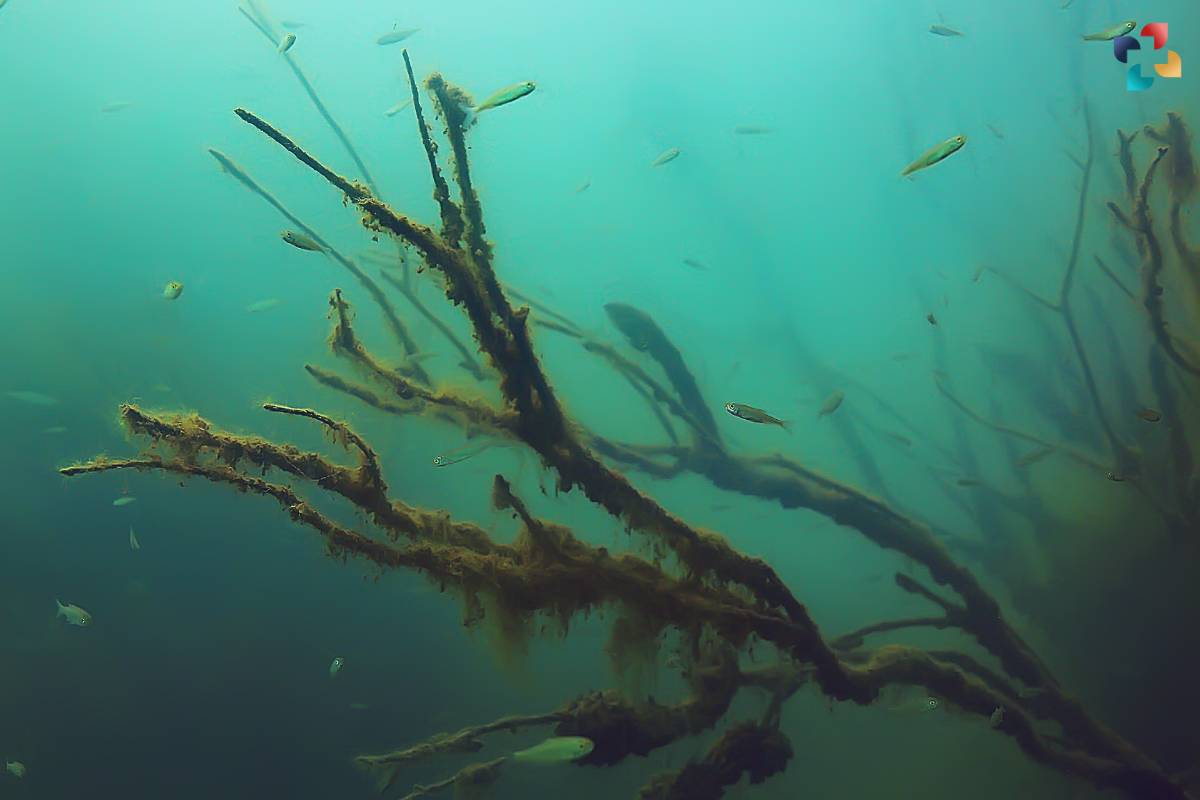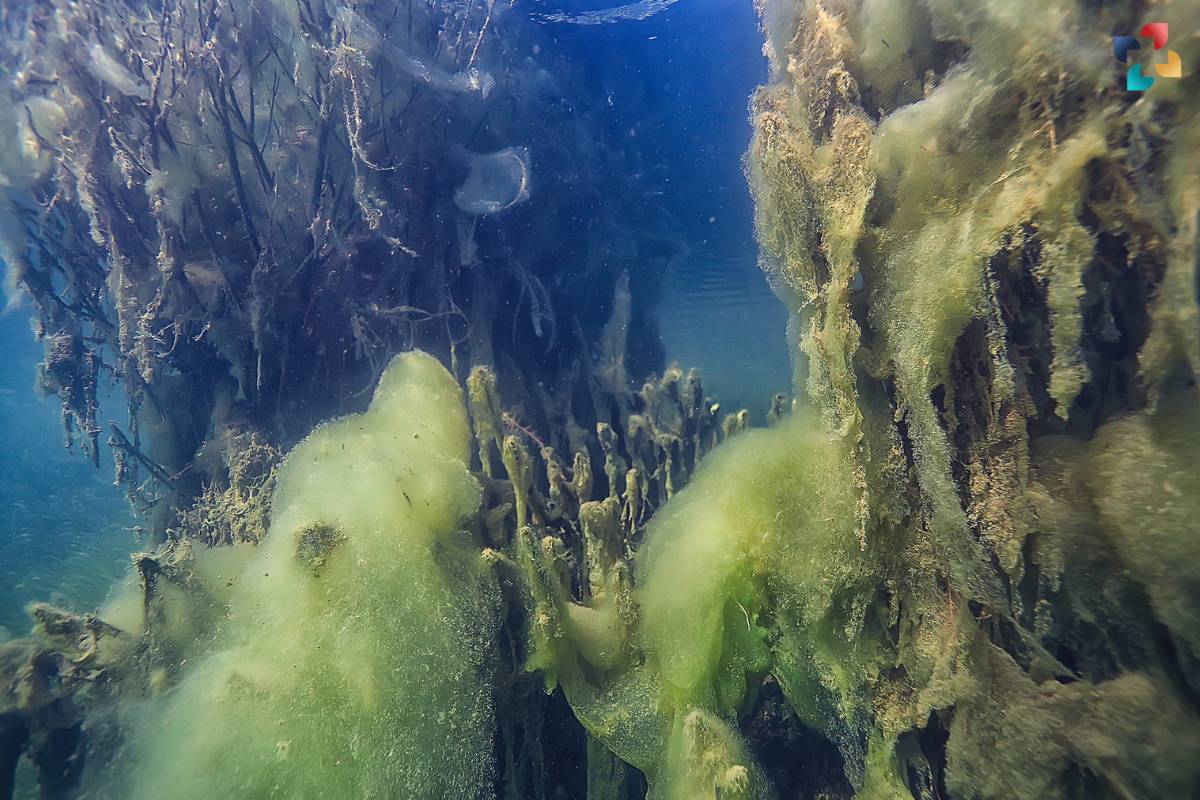Ocean acidification is a pressing environmental issue that poses significant threats to marine ecosystems worldwide. As carbon dioxide (CO2) levels rise in the atmosphere due to human activities, a portion of this CO2 is absorbed by the ocean, leading to a decrease in pH levels and changes in seawater chemistry. In this article, we delve into the causes, effects, and potential solutions to address the challenges posed by ocean acidification.
Causes of Ocean Acidification:
The primary cause of ocean acidification is the increased concentration of CO2 in the atmosphere, largely stemming from the burning of fossil fuels, industrial activities, and deforestation. When CO2 dissolves in seawater, it reacts with water molecules to form carbonic acid, leading to a decrease in pH levels and an increase in the acidity of the ocean.
In addition to the sources mentioned, other human activities contribute to the rising CO2 levels in the atmosphere and subsequent ocean acidification. For instance, agricultural practices, particularly the use of nitrogen-based fertilizers, can lead to runoff containing excess nutrients that fuel algal blooms. When these blooms die off, they undergo decomposition by bacteria, a process that consumes oxygen and releases CO2, further contributing to the carbon load in the atmosphere.

Land-use changes, such as deforestation and urbanization, also play a role in exacerbating ocean acidification. Forests act as carbon sinks, absorbing CO2 from the atmosphere through photosynthesis. However, widespread deforestation reduces the capacity of these ecosystems to sequester carbon, leading to higher atmospheric CO2 levels. Similarly, urban development results in the conversion of natural habitats into impermeable surfaces, disrupting carbon cycles and contributing to CO2 emissions.
Furthermore, ocean acidification can be exacerbated by natural processes such as volcanic eruptions and weathering of rocks. While these processes have occurred throughout Earth’s history, human-induced changes are occurring at an unprecedented rate, outpacing the ability of marine organisms to adapt. Therefore, addressing the root causes of ocean acidification requires concerted efforts to reduce carbon emissions and mitigate the impacts of climate change on marine ecosystems.
Effects of Ocean Acidification:
Ocean acidification has far-reaching consequences for marine life, ecosystems, and human societies. One of the most significant impacts is on calcifying organisms such as corals, shellfish, and plankton, whose ability to build and maintain calcium carbonate structures is impaired in acidic conditions. This can lead to reduced growth rates, weakened shells, and increased susceptibility to predation and disease. Furthermore, it can disrupt marine food webs, alter species distributions, and diminish biodiversity, ultimately affecting fisheries, coastal economies, and livelihoods.

Ocean acidification also poses risks to marine ecosystems beyond calcifying organisms. For example, it can alter the behavior, physiology, and reproduction of marine species, including fish, crustaceans, and marine mammals. Changes in acidity levels can affect the sensory perception of these organisms, impacting their ability to navigate, find food, and avoid predators. Additionally, acidification can interfere with metabolic processes and hormone regulation, leading to developmental abnormalities and reproductive failure.
Moreover, it can exacerbate other environmental stressors, such as warming temperatures and deoxygenation, compounding the challenges faced by marine organisms. This can result in synergistic effects that amplify the impacts on ecosystems and cascade through interconnected marine food webs.
Solutions to Ocean Acidification:
Addressing ocean acidification requires concerted efforts at both local and global levels to mitigate CO2 emissions and reduce the rate of climate change. Implementing policies to limit carbon emissions, transitioning to renewable energy sources, and promoting sustainable land use practices are crucial steps in reducing the carbon footprint and mitigating the impacts of ocean acidification. Additionally, restoring coastal habitats such as mangroves, seagrasses, and salt marshes can help sequester carbon and buffer against the effects of acidification.
Furthermore, enhancing ocean resilience through the establishment of marine protected areas and the adoption of ecosystem-based management approaches can safeguard vulnerable marine habitats and species from the impacts of acidification. These measures can help preserve biodiversity and promote the adaptation of marine ecosystems to changing environmental conditions.

In addition to mitigating CO2 emissions, efforts to address it also involve research and monitoring initiatives to better understand its effects and inform adaptive management strategies. Investing in scientific research, monitoring networks, and ocean acidification observing systems can provide valuable data on pH levels, carbonate chemistry, and ecosystem responses, enabling policymakers, scientists, and stakeholders to make informed decisions and implement effective conservation measures.
Furthermore, fostering international cooperation and collaboration is essential in addressing ocean acidification, as it is a global issue that requires collective action. International agreements and frameworks, such as the Paris Agreement and the United Nations Sustainable Development Goals, provide platforms for countries to work together to mitigate climate change and protect marine ecosystems.
Ultimately, addressing it requires a multifaceted approach that integrates policy interventions, sustainable practices, ecosystem restoration, scientific research, and global cooperation. By taking proactive measures to reduce CO2 emissions, protect marine habitats, and enhance ocean resilience, society can mitigate the impacts of acidification and safeguard the health and vitality of the world’s oceans for future generations.
Conclusion:
Ocean acidification poses a significant threat to marine ecosystems and biodiversity, with far-reaching implications for human societies and economies. By understanding the causes, effects, and solutions to this pressing environmental issue, we can work towards implementing effective strategies to mitigate CO2 emissions, protect vulnerable marine species, and safeguard the health and resilience of our oceans for future generations.
FAQs
1. What causes ocean acidification?
Ocean acidification is primarily caused by the absorption of carbon dioxide (CO2) from the atmosphere into seawater, leading to the formation of carbonic acid and a decrease in pH levels.
2. How does ocean acidification affect marine life?
Ocean acidification can have detrimental effects on marine life, particularly calcifying organisms like corals, shellfish, and plankton, which struggle to build and maintain calcium carbonate structures in acidic conditions.
3. What are the consequences of ocean acidification for ecosystems?
Ocean acidification can disrupt marine food webs, alter species distributions, reduce biodiversity, and weaken the resilience of marine ecosystems, ultimately impacting fisheries, coastal economies, and livelihoods.
4. Can ocean acidification be reversed?
While reducing CO2 emissions and mitigating climate change can help slow the rate of ocean acidification, reversing its effects entirely may not be feasible in the short term. However, implementing sustainable practices and conservation measures can help mitigate its impacts and promote ocean resilience.
5. How can individuals help combat ocean acidification?
Individuals can contribute to combating ocean acidification by reducing their carbon footprint through energy conservation, using renewable energy sources, supporting sustainable seafood choices, and advocating for policies that prioritize ocean health and conservation.







